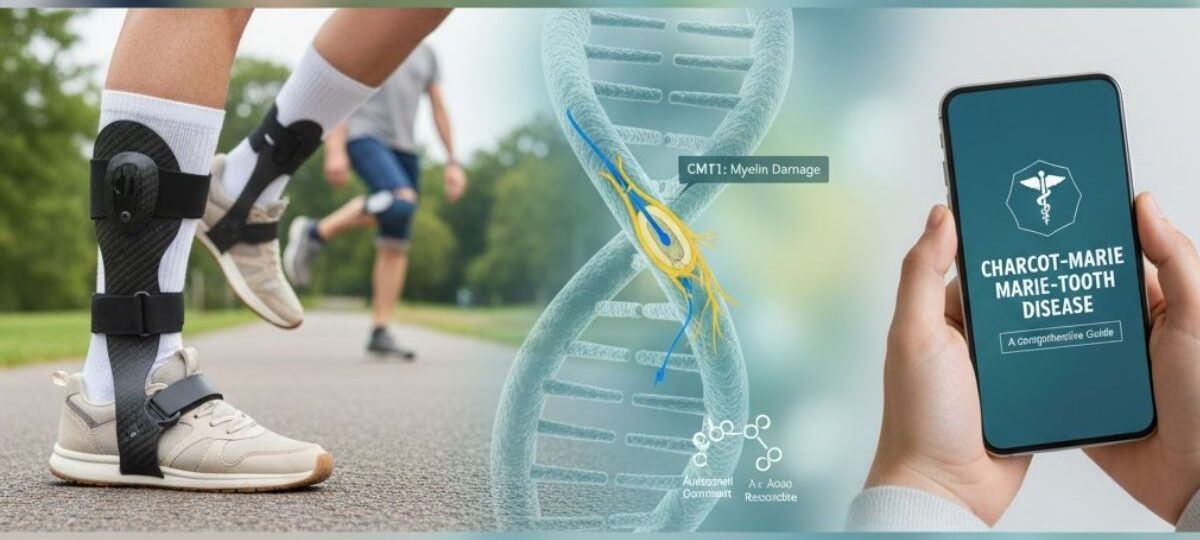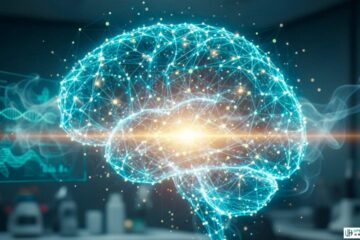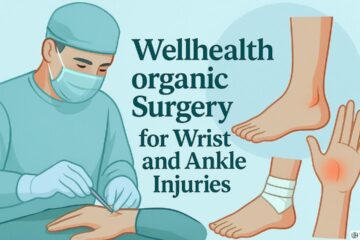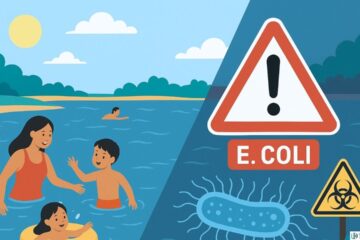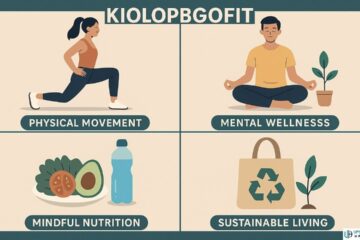Understanding and Navigating Charcot-Marie-Tooth Disease
Charcot-Marie-Tooth (CMT) disease is the most common inherited neurological disorder, affecting an estimated one in every 2,500 people. It’s a complex group of progressive conditions that target the peripheral nerves—the vast network outside the brain and spinal cord that connects to your limbs and organs. These vital nerves carry two-way signals: motor nerves tell muscles when to move, and sensory nerves relay sensations like touch, pain, and temperature back to the brain. CMT damages both sets, leading to a host of physical challenges, particularly in the feet, legs, and, eventually, the hands and arms.
Named after the three physicians who first described it in 1886—Jean-Martin Charcot, Pierre Marie, and Howard Henry Tooth—CMT is also referred to by the more clinical names Hereditary Motor and Sensory Neuropathy (HMSN) or Peroneal Muscular Atrophy. Though CMT is a lifelong condition with no cure, modern medical and rehabilitative strategies allow most individuals to manage their symptoms effectively and maintain a good quality of life.
The Genetic Roots: What Causes CMT?
At its core, CMT is a genetic disorder caused by a mutation in one of many genes (over 90 have been identified) that provide instructions for making proteins crucial for the structure and function of peripheral nerves. Think of a nerve cell as a very long electrical cable: it has a central wire (the axon) and a protective plastic coating (the myelin sheath). CMT is classified based on which part of this “cable” is faulty:
- Demyelinating Neuropathy (CMT Type 1): This is the most common form. The genetic mutation primarily damages the myelin sheath, causing the electrical signals to travel slowly and weakly. This is often due to a duplication of the PMP22 gene.
- Axonal Neuropathy (CMT Type 2): In this type, the axon itself is the target of the damage. Nerve signals may travel at a normal speed, but they are significantly weakened. Mutations in genes like MFN2 are frequent culprits.
Because CMT is an inherited condition, understanding its patterns is key. It can follow one of three inheritance paths:
- Autosomal Dominant: Only one parent needs to carry the mutated gene for a child to inherit the disorder. This is the most common pattern.
- Autosomal Recessive: A child must inherit a copy of the mutated gene from both parents, neither of whom may show symptoms.
- X-Linked: The gene mutation is located on the X chromosome.
It is important to note that the very longest nerves—those reaching the feet and hands—are the most susceptible to this genetic damage, explaining why symptoms tend to start in the extremities.
Identifying the Symptoms: The Progressive Challenge
The progression and severity of CMT symptoms vary dramatically, even among family members with the same genetic mutation. Symptoms often begin to surface during adolescence or early adulthood, though some individuals may experience onset in childhood or not until middle age.
The primary symptoms are centered in the lower limbs:
- Muscle Weakness and Atrophy: The small muscles in the feet and lower legs lose mass (atrophy), leading to weakness. This can sometimes give the lower legs a distinctive “inverted champagne bottle” appearance.
- Foot Deformities: A defining feature of CMT is the development of foot abnormalities, particularly pes cavus (very high arches) and hammertoes (toes that are bent or curled).
- Gait Disturbances: The weakness in the lower leg muscles, especially those responsible for lifting the foot, causes foot drop. To avoid tripping, individuals often develop a steppage gait, lifting the knees high when walking. This leads to frequent stumbling and falls.
- Sensory Loss: Damage to the sensory nerves results in numbness, tingling, or a reduced ability to feel pain, hot, or cold in the feet and hands.
- Hand Weakness: As the condition advances, muscle weakness can affect the hands and forearms, making fine motor skills—like buttoning a shirt, writing, or manipulating small objects—increasingly difficult.
- Pain and Fatigue: Many individuals experience chronic neuropathic pain or muscle cramps. Persistent fatigue is also a common, often overlooked, challenge.
Diagnosis: Confirming the Condition
If a doctor suspects CMT based on a physical examination and family history, they will refer the patient to a neurologist for specialized testing.
- Nerve Conduction Studies (NCS) and Electromyography (EMG): These are the first-line tests. NCS measures the speed and strength of electrical signals in the nerves, helping the doctor classify whether the problem is primarily demyelinating (slow speed) or axonal (weak signal strength). EMG uses a needle to record electrical activity in the muscles, revealing how severely the muscles are affected.
- Genetic Testing: A simple blood test can identify the specific gene mutation, which is essential for accurate classification and prognosis. Given the sheer number of genes involved, this testing has become progressively more sophisticated.
- Consultation with Specialists: A neurologist will coordinate care with a team that may include orthopedic surgeons, physical therapists, and genetic counselors.
Treatment and Management: Living Well with CMT
While there is no pharmaceutical cure for CMT yet, the focus of treatment is on maximizing mobility, preventing deformities, and alleviating symptoms. Treatment is highly personalized and centered on a multidisciplinary approach.
The Role of Rehabilitation
- Physical Therapy (PT): This is paramount. A structured regimen of daily stretching and strengthening exercises helps maintain muscle flexibility, prevent joint stiffening (contractures), and improve balance. Low-impact aerobic exercises, such as swimming or cycling, are often recommended to promote fitness without stressing weakened joints.
- Occupational Therapy (OT): For those with hand involvement, an occupational therapist provides strategies and tools to make daily tasks easier, such as using adaptive utensils, special grips, or assistive technology for writing and typing.
- Orthotic Devices: These devices provide essential support. The most common tool is the Ankle-Foot Orthosis (AFO), a brace worn to keep the foot properly aligned, prevent foot drop, and stabilize the ankle, significantly improving walking ability. Custom-made shoes and inserts are also used to correct foot positioning and increase comfort.
Surgical and Medical Interventions
- Orthopedic Surgery: For severe foot deformities, such as a high arch or foot instability, surgery may be necessary. The goal of these procedures is to realign the bones and rebalance muscle forces to improve the foot’s function and make walking easier and less painful.
- Pain Management: Medication, often including prescription treatments for neuropathic pain, can be used to manage chronic pain and painful muscle cramps.
Daily Living and Emotional Support
CMT is generally not life-threatening, and most people can expect a normal lifespan. However, navigating a progressive condition requires resilience and adaptation.
- Vigilant Foot Care: Because of the sensory loss, individuals may not feel blisters, cuts, or infections. Daily foot checks are critical. Routine visits to a podiatrist for nail care and callus removal are highly recommended to prevent serious complications.
- Emotional Well-being: Living with a chronic, visible, and sometimes debilitating condition can take an emotional toll. Depression, anxiety, and social isolation are common. Connecting with support groups, engaging in talking therapies like Cognitive Behavioral Therapy (CBT), and educating one’s social circle about the condition are invaluable steps toward emotional well-being.
The landscape of CMT research is evolving rapidly, with scientists actively exploring drug repurposing, gene therapies, and other novel treatments to directly address the underlying genetic faults. While waiting for a cure, a proactive, adaptive, and supported approach to management remains the best path to a fulfilling life.

